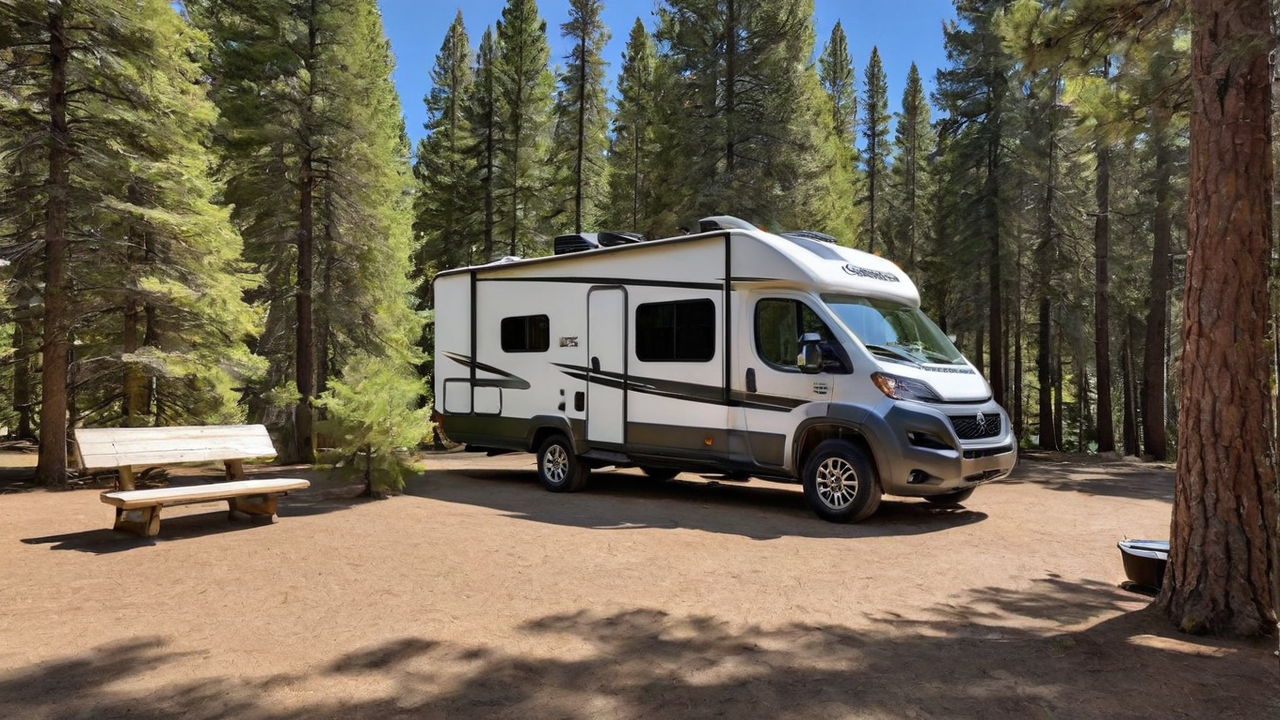Improving Site Choice with GIS Integration in Campsite Management Software
Improving Site Choice with GIS Integration in Campsite Management Software
Blog Article

Leveraging Geographic Information Systems for Improved Campsite Layouts
Integrating GIS into campground management systems transforms the way campgrounds are designed and operated. By utilizing precise geographical data, managers can enhance the layout for better accessibility and guest experience. This combination enables for the design of detailed site maps that incorporate natural landscapes, maximizing the use of space while preserving the natural surroundings.
The ability to see and manipulate the campground layout in real-time offers a significant advantage in planning and development. Precise GIS data assists in locating ideal spots for amenities, ensuring they are both reachable and environmentally sustainable. This approach not just improves guest satisfaction but also contributes to a reduced environmental footprint.
Streamlining Booking Systems with GIS
By introducing GIS into campground reservation systems, providers provide a more engaging booking experience for guests. Guests can choose their preferred sites based on real-time geographical information, including proximity to facilities and scenic views. This degree of detail in site selection significantly enhances preparation and satisfaction for campers.
Furthermore, this system cuts down the likelihood of overbooking and clashes among reservations. Accurate GIS data ensures that each site is correctly charted, with clear boundaries, thus making a smoother reservation process. This effectiveness not only saves time for campground managers but also boosts the overall customer experience.
Enhancing Security and Crisis Response with GIS
Incorporating GIS into campground management solutions greatly improves safety and emergency response. Detailed site maps allow for precise placement of emergency services like fire stations, first aid points, and evacuation routes. This availability to vital information can significantly accelerate response times in critical situations, potentially preserving lives.
Moreover, GIS data can be used to spot areas prone to natural hazards such as flooding or wildfires, enabling for the creation of proactive safety measures. Through this approach, campground managers can put in place precautionary measures and inform guests of possible risks, thus guaranteeing a safer camping experience for everyone.
Optimizing Amenity Distribution With GIS
GIS technology enables campground managers to effectively allocate amenities across the area. By analyzing geographical data, they can determine the most optimal placements for amenities such as restrooms, picnic areas, and playgrounds. This ensures that all campers have easy access to amenities, enhancing their overall experience.
Additionally, GIS can assist in monitoring the utilization of natural resources, promoting sustainable practices within the campground. Through accurate mapping, campsites can prevent overuse of vulnerable areas, aiding in conservation efforts and maintaining the beauty and health of the landscape.
Boosting Guest Satisfaction with Interactive GIS Tools
Interactive GIS maps boost visitor engagement by providing an immersive experience of the campground before arrival. Guests can tour different areas, see photos, and read about nearby attractions directly through the campground’s webpage. This pre-arrival interaction begins the guest experience on a high note, increasing anticipation and satisfaction.
Moreover, these interactive tools can act as a resource throughout the stay, offering up-to-date information on weather conditions, upcoming events, and available services. This connectivity ensures that campers remain updated and are able to completely experience their outdoor experience.
Advancing Eco-friendly Sustainability with GIS
GIS integration in campground management software plays a crucial role in promoting environmental sustainability. Accurate mapping enables for thoughtful planning and conservation of environmental resources, minimizing human impact on the environment. This tools make it possible to keep track of and control wildlife habitats, lakes, and plant life, ensuring their preservation for future generations.
Moreover, by utilizing environmental GIS data, campsites can determine regions ideal for solar panels installations or other green initiatives. This approach not only enhances the campground’s environmental stewardship but also lowers operational costs, showing a commitment to protecting the natural world.
Integrating Community Knowledge into Campground Development with GIS
GIS systems empower campground managers to integrate local insights into campsite development. By engaging with community members, operators can gain a deeper understanding of the landscape and its historical significance. Such collaboration guarantees that campgrounds are developed with respect for community values and heritage, enriching the guest encounter.
Moreover, such integration helps in identifying unique chances for campsite experiences and offerings that showcase the area’s culture and natural beauty. Incorporating community insights into the planning process doesn’t just improve the genuineness of the campground but also strengthens relationships with the surrounding community, creating a positive impact for all involved.
Adapting to Evolving Visitor Needs with Adaptive GIS Information
The world of outdoor recreation is constantly changing, with guest expectations becoming more complex. Using dynamic GIS data enables campground operators to swiftly adapt to these changes by updating facilities and services to meet contemporary demands. This agility guarantees that campsites remain appealing and competitive in a fast-paced market.
Furthermore, the ability to collect and interpret visitor feedback through GIS-based software means campsite managers can continuously refine their offerings. Tailoring the camping experience to meet specific desires not only boosts visitor satisfaction but also encourages loyalty, driving the success of the campground in the long term.
get more info Report this page